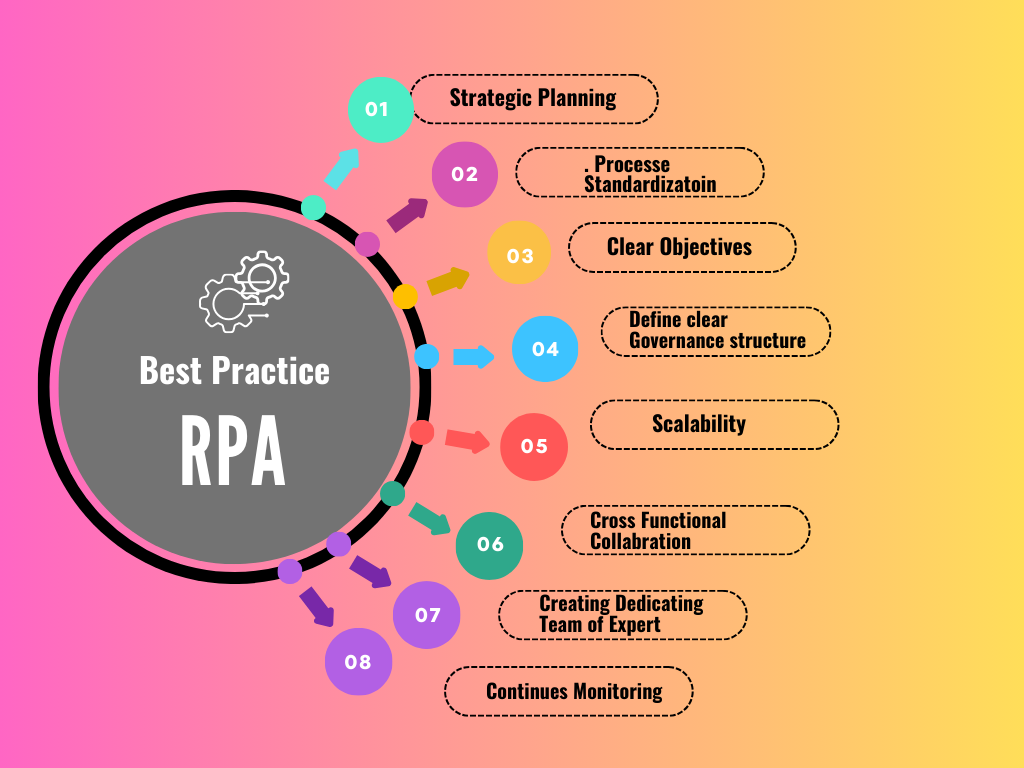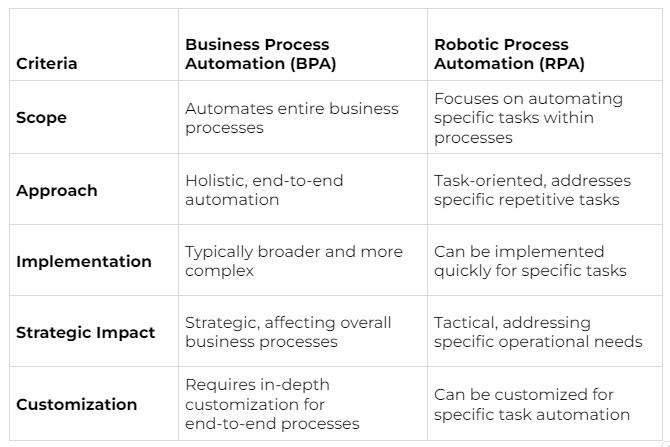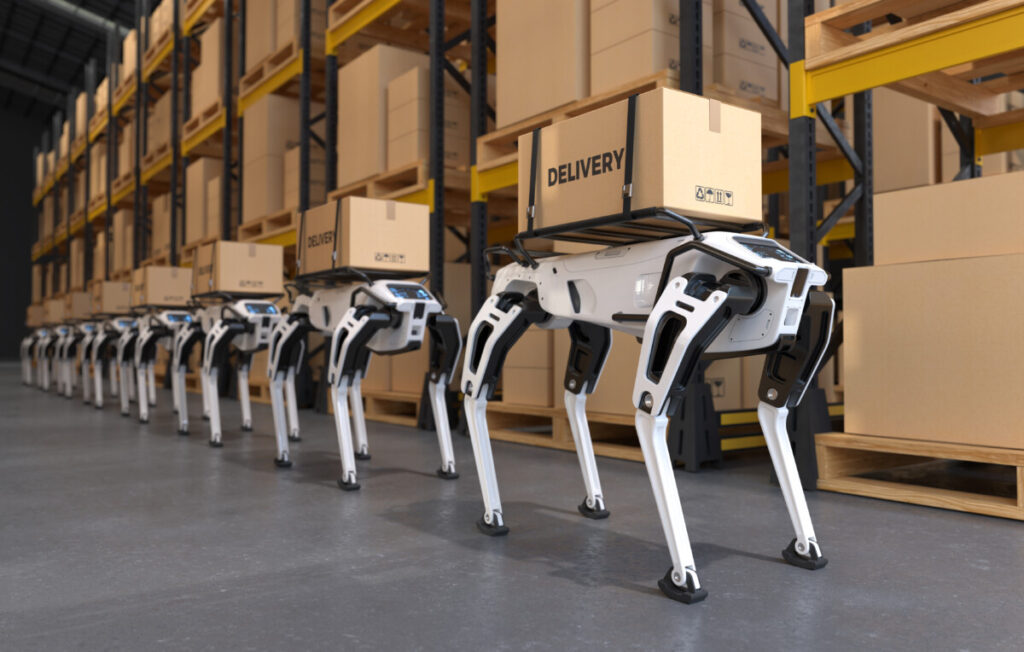What is Robotic Process Automation (RPA)?
Robotic Process Automation (RPA) is a technology that uses software bots to automate repetitive, rule-based tasks in business processes. It mimics human interactions with digital systems, streamlining workflows, improving accuracy, and reducing costs.
RPA is scalable, requires no major system integration, and is effective for tasks with well-defined rules. Common applications include data entry, invoice processing, and customer onboarding.
Why Is Rpa The Fastest-Growing Enterprise Software In The World?
Robotic Process Automation (RPA) has become the fastest-growing enterprise software globally for several reasons:
- Industries benefit from RPA in finance, customer service, banking, marketing, and HR, enhancing capacity, speed, and reducing errors.
- CFOs find RPA investment offers swift ROI with minimal initial expenses compared to other technologies.
- IT leaders value RPA’s seamless implementation, enabling navigation of legacy systems and facilitating digital transformation.
- Modern RPA tech provides scalable, enterprise-ready platforms.
- Employees seamlessly integrate robotic assistants into daily routines, empowered by RPA’s low-code approach for citizen developers.
Where Can Rpa Be Used?
Robotic Process Automation (RPA) can be applied across various industries and functional areas to automate repetitive, rule-based tasks. Here are some common domains where RPA can be used:
Finance and Accounting:
- Invoice processing
- Accounts payable and receivable
- Reconciliation of financial data
Human Resources:
- Employee onboarding and offboarding
- Payroll processing
- Leave Management
Customer Service:
- Data entry and validation
- Order processing
- Customer query handling
Healthcare:
- Claims processing
- Appointment scheduling
- Data extraction from medical records
Manufacturing:
- Inventory management
- Order fulfillment
- Quality control processes
Legal:
- Document review and analysis
- Contract management
- Compliance monitoring
IT Operations:
- Data migration and integration
- System monitoring and maintenance
- User account management
Public Sector:
- Data entry and processing for government forms
- Compliance reporting
- Administrative tasks
Retail:
- Order management
- Price and promotion monitoring
- Inventory tracking
Telecommunications:
- Billing and invoicing
- Customer account management
- Data validation processes
Banking:
- Transaction Processing
- Loan Processing
- Account Management
- Fraud Detection
- Compliance Reporting
- Customer Onboarding
Cognitive Intelligence Integration:
- Advanced Analytics
- Natural Language Processing (NLP)
- Predictive Modeling
- Virtual Assistants

Benefits Of Robotics Process Automation
- Efficiency: Streamlines operations for faster task completion.
- Cost Savings: Reduces manual labor, leading to significant cost reductions.
- Quick Implementation: Rapid integration for swift benefits.
- Scalability: Easily expands across departments, adapting to business needs.
- Error Reduction: Precision ensures data accuracy, vital in sectors like banking.
- Customer Service Enhancement: Allocates resources for improved service in banking.
- Operational Improvements: Optimizes processes, reducing processing times.
- Minimal Disruption: Integrates seamlessly with existing systems.
- Digital Transformation Enabler: Facilitates digital transformation initiatives.
- Cognitive Intelligence Integration: Enhances capabilities with advanced data analysis and decision-making, particularly beneficial in manufacturing.
- Operational Improvements in Banking: RPA optimizes banking processes such as transaction processing, account management, and compliance, leading to higher efficiency and reduced processing times.
Top 8 Best Practices For RPA Implementation In 2024
The outlined RPA best practices guide businesses in creating a roadmap for the development, execution, and supervision of automated solutions. This ensures that organizations, potentially including yours, optimize their RPA investment and attain operational and cost-saving objectives.

Is RPA The Same As Business Process Automation, Business Process Management, Machine Learning?
Business Process Automation (BPA) vs. Robotic Process Automation (RPA)

Robotic Process Automation (RPA) Security Risks and Ways to Address Them:
By proactively addressing these security concerns, organizations can enhance the security posture of their RPA implementations.
Security Risks:
- Data Vulnerability: Guard against unauthorized access to sensitive data.
- Unauthorized Access: Ensure proper configuration to prevent unauthorized entry.
- Integration Challenges: Address security gaps in integrated RPA solutions.
- Bot Identity Management: Manage bot identities to prevent misuse.
- Compliance Concerns: Stay compliant with regulations to avoid legal
consequences. - Lack of Monitoring: Implement real-time monitoring for prompt incident detection.
- Dependency on Third-Party Tools: Vet third-party tools thoroughly to minimize vulnerabilities.
Addressing Strategies:
- Data Encryption: Apply robust encryption methods for data protection.
- Access Controls: Enforce strict access controls and utilize multi-factor authentication.
- Thorough Integration: Ensure seamless integration and stay updated on security patches.
- Identity Management: Implement robust identity and access management practices.
- Regulatory Compliance: Stay informed, adapt processes, and undergo regular compliance audits.
- Real-time Monitoring: Implement continuous monitoring and conduct regular security audits.
- Third-Party Assessment: Thoroughly assess and scrutinize security measures of third-party tools.
Conclusion
In conclusion, Robotic Process Automation (RPA) emerges as a game-changer, revolutionizing how businesses approach automation. With its swift implementation, cost-effectiveness, and capacity to boost accuracy and productivity, RPA stands as a pivotal tool across diverse industries.
To make your work easier and better, using RPA is not just an option; it’s something you really need to do. Start now to make things more efficient and see how RPA can transform your business!



